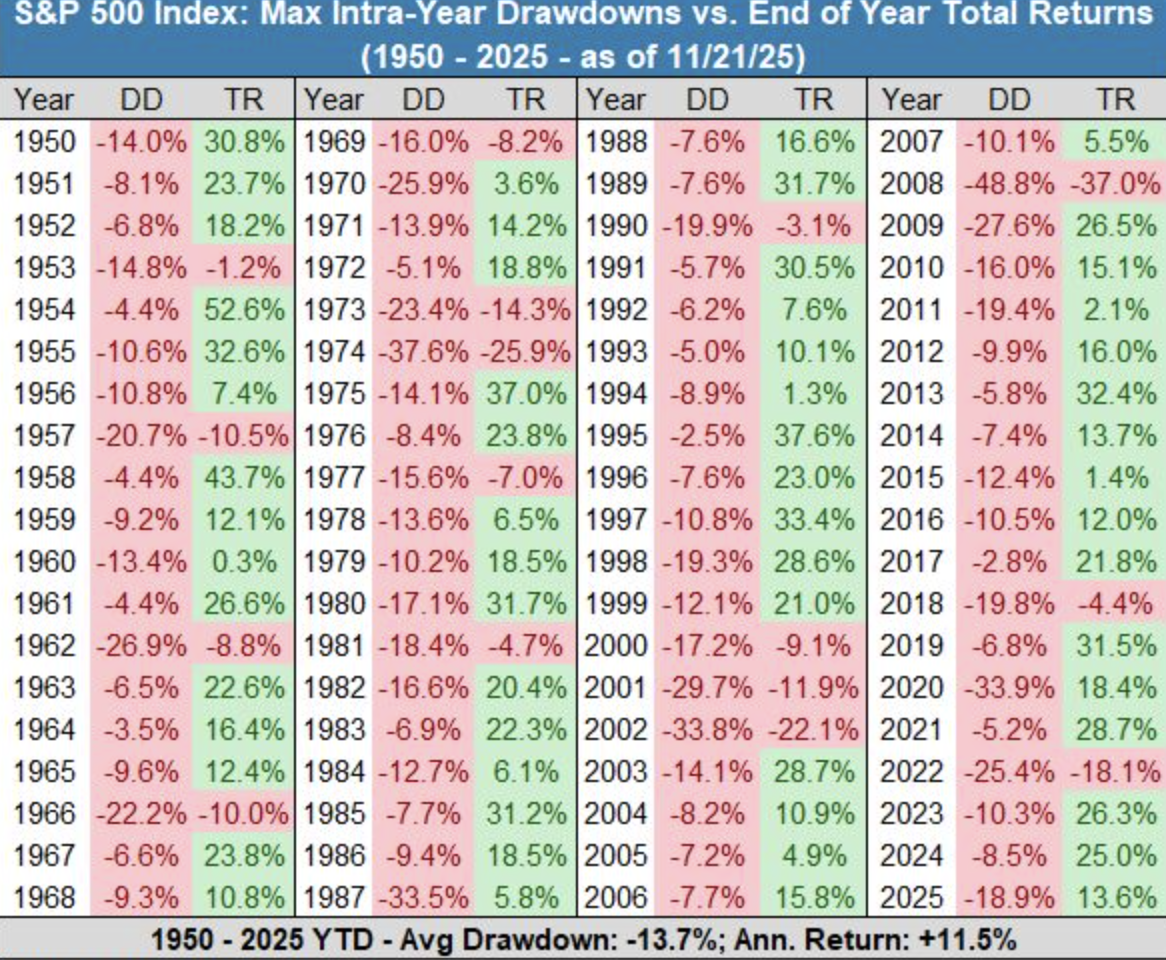If you have between $2 and $5 million in 401(k)s and IRAs, your Social Security decision is not a one-size-fits-all choice. You’ve likely heard the two extremes. Take it as soon as you can at 62, or wait until 70 for the biggest check, often an 77% higher benefit. But for a self-made 401k and IRA millionaire, the right answer depends on more than a break-even chart. It hinges on taxes, the stock market, spousal planning, Medicare, and your withdrawal strategy.
Financial advisor Kyle Hammerschmidt has spent over a decade helping high savers keep more, pay less, and enjoy retirement on their terms. Below are five planning points to help you decide when to claim, using real numbers and real trade-offs, not rules of thumb. If you want a structured plan with guardrails, consider getting started with a custom plan using the Guardrails retirement planning process [https://www.mokanwealth.com/get-started].
Real planning goes beyond simple math. It needs to fit your life, your portfolio, your taxes, and your family.
Point 1: Why Breakeven Math Can Lead You Astray
The Basics of Breakeven Calculations
Most calculators frame the decision like this. How long do you need to live to “win” by delaying?
* Claim at full retirement age (67) and live to 85, that’s 18 years of checks.
* Delay to 70, you’ll get a bigger monthly benefit, but only for 15 years.
Many tools stop here. They compute a breakeven point, then nudge you to choose based on a simple age target. Typical breakeven estimates look like this:
* 62 vs. 67: Around age 79
* 67 vs. 70: Around age 80 to 81
* 62 vs. 70: Around age 82
That seems straightforward. But here’s the issue. No one has a crystal ball. Averages say a 65-year-old man lives to about 84 and a woman to about 86. Averages hide personal realities like health history, lifestyle, and family longevity. And most software models project results to the day you die, which is not how planning works in real life.
Real planning considers taxes, investments, spousal benefits, health, and the life you want. The goal is a strategy that fits your life with flexibility, not just the biggest number on a chart.
A Real-Life Example: Meet John and Mary Smith
Meet John and Mary Smith. John’s full retirement age benefit is $3,600 per month. Mary’s is $3,100 per month. Together, that is $6,700 per month at full retirement age.
They need about $144,000 per year to fund their lifestyle. We’ll assume 4% inflation on expenses. By year 19, that spending target is close to $288,000. If they follow common advice, they’ll plug their benefits into a calculator, compare breakeven ages, and let the software make the decision.
That is the trap. It ignores their $3 million to $4 million portfolio, the tax consequences of their choices, and the impact on the survivor. In short, it’s a permanent decision that shrinks portfolio flexibility and can raise taxes at the wrong time.
Four Reasons Breakeven Math Falls Short
* Spousal and survivor benefits: The higher earner’s decision affects the survivor’s benefit. Since many women outlive men, this is not a footnote.
* Isolation of decisions: Claiming early locks in a smaller benefit. Delaying raises near-term pressure on your portfolio.
* Tax oversight: Claim timing shapes Roth conversion windows, future RMD pressure, and how much of your benefit is taxed.
* Medicare premiums: Your Modified Adjusted Gross Income drives IRMAA surcharges, and Medicare looks back two years.
For households with $1 to $10 million in pre-tax savings, these factors carry real weight.
Point 2: The True Trade-Offs of Delaying to Age 70
What Delaying Really Costs Your Portfolio
If you retire before claiming, delaying to 70 means you receive no Social Security income in the meantime. You still need income, so it has to come from somewhere else. Usually that means larger withdrawals from your 401(k), IRA, or brokerage accounts.
Here’s the core trade-off:
1. Claim early: Smaller checks, less strain on your portfolio up front.
2. Delay to 70: Larger checks later, heavier withdrawals from savings early.
For many, the big check at 70 is tempting. But it is also a bet on both longevity and the markets during those early retirement years.
Applying It to John and Mary: Math vs. Peace of Mind
John and Mary saved about $3 million across their 401(k)s and IRAs. Their spending need is $144,000 per year, inflating at 4%. To stress test, assume no Social Security COLAs.
They have options. If they wait until 70 for both benefits, the calculator suggests they could leave roughly $435,000 of gross Social Security on the table in those early years. If they live to their planned longevity, they may receive more total benefits. But in the meantime, they will pull more from their portfolio.
If they claim earlier, their portfolio withdrawals will drop during those early years. The trade-off is a smaller benefit locked in. If you claim sooner, you’re shifting more longevity risk to your investments. That means you may need to keep the portfolio invested for growth, not get more conservative.
Which brings up the real question. Do you want the comfort of Social Security covering part of your income early for peace of mind, or do you want to delay and watch portfolio withdrawals climb in those early years? There is no perfect answer, only trade-offs. What you choose should reflect your comfort, health, and plan for the critical 15 years.
Why Experts Often Miss This
Many make this decision in isolation. They ignore how it fits with your portfolio risk, tax bracket, IRMAA exposure, and surviving spouse plan. The real goal is an income design that balances dollars and comfort, not just the biggest possible check.
Point 3: How Stock Market Timing Changes Everything
The Role of Sequence of Returns Risk
During The Critical 15 years (the five years before retirement and the first ten after), market timing can shape outcomes. Your filing choice can shield your savings from sequence of returns risk, or it can leave your nest egg exposed.
The popular “wait until 70” approach looks strong on paper, especially for longevity. But if the first decade of retirement is average or weak, early filing can buffer the damage by reducing withdrawals during down years. That means less selling at low prices, more control, lower taxes, and less stress.
If most of your money is in pre-tax accounts, the problem compounds. A bad sequence early forces you to sell more shares to net the same after-tax income. Without tax and income flexibility, your room to adjust is limited.
* Good market first: Delaying can work better.
* Down market first: Early claiming often preserves more.
John and Mary’s Market Scenario
Assume a $3 million portfolio with $150,000 annual withdrawals. Over the first 10 years, the portfolio averages 4% either way. The only difference is the order of returns.
In a strong market early, results look fine. In a weak or down market early, the portfolio can end up about $900,000 lower by year 10, even with the same average return. You do not need a crash to get hurt. You only need bad timing.
The filing date and withdrawal design affect how much you have to sell during those bad years. That is why cookie-cutter advice falls short for high savers.
Protecting Your Investments as a 7-Figure Saver
Filing earlier can reduce the hit from poor early returns by taking pressure off the portfolio. The goal is to protect your “investment seed” so it can recover and grow.
Point 4: Unlocking Tax Planning Opportunities
Social Security’s Impact on Your Tax Strategy
Sometimes the smartest move is not the largest benefit. It is the one that opens the best tax windows. Here’s an example pattern many high savers consider.
* Retire at 60 with $3 million in a 401(k).
* At 62, begin Roth conversions.
* Claim Social Security at 62, but do not use it to cover living expenses.
* Live on IRA or brokerage funds.
* Use Social Security to pay the tax bill on the Roth conversions between 62 and 65.
By doing this, you can convert more to the Roth, which grows tax free. Then at 65 or 66, after your conversion window, you can switch to living on Social Security and Roth, and draw less from pre-tax accounts. The benefits can include lower taxable income, lower Medicare premiums, and a stronger plan for a surviving spouse.
Here is the flow in simple steps:
1. Claim at 62, but fund lifestyle from non-Social Security sources.
2. Use Social Security cash flow to cover taxes on Roth conversions from 62 to 65.
3. After conversions, live on a mix of Social Security and Roth, and pull less from pre-tax accounts.
Why Timing Matters for Roth and Beyond
Your filing date influences how much you can convert each year, future RMD pressure, and how much of your benefit gets taxed. For married couples, it often boosts tax-free income for the survivor. Every decision in retirement touches your tax return, so start your plan there.
Point 5: Aligning Social Security with Your Withdrawal Plan
Old vs. Modern Withdrawal Strategies
Some retirees still follow the 4% rule with a fixed stock-to-bond mix. They underspend in their healthiest years, then pull more later when they may enjoy it less. That approach can produce the highest chance of dying with the most money left over, but it may not fit how you want to live.
A modern plan matches how spending changes over time:
* Go-go years: Higher spending for travel, family, and memories.
* Slow-go years: Natural pullback as pace slows.
* No-go years: Healthcare becomes the main line item.
Layering guardrails on top adds structure. You set clear rules for when to spend more, when to pull back, and how to adjust if markets or taxes shift. That gives flexibility and control.
Some people value the certainty of a smaller check sooner. Others prefer a larger benefit later that lasts for life. Neither is wrong, as long as you’re intentional.
Key Questions to Guide Your Choice
* Would a smaller immediate check help you sleep better?
* Are you worried about drawing down investments too quickly?
* Do you expect a long life, or do you have health concerns?
* How important is leaving a financial legacy?
* What are the tax and Medicare impacts of each path?
Your answers, paired with the critical 15 timeline, can point to a decision that fits both your money and your peace of mind.
How It All Fits Together
Your Social Security timing must sync with your withdrawal strategy. Done well, it gives you control over taxes, market risk, and survivor planning.
Final Thoughts: Build a Plan That Fits Your Life
Waiting until 70 can be smart, but only when it fits a broader plan that addresses all five areas above. A bigger check does not always lead to better outcomes, especially if you give up flexibility during the first 10 years of retirement.
Focus on keeping more of what you’ve built, and spending it with confidence.
This content is for educational and entertainment purposes only. It is not financial, tax, or investment advice.






